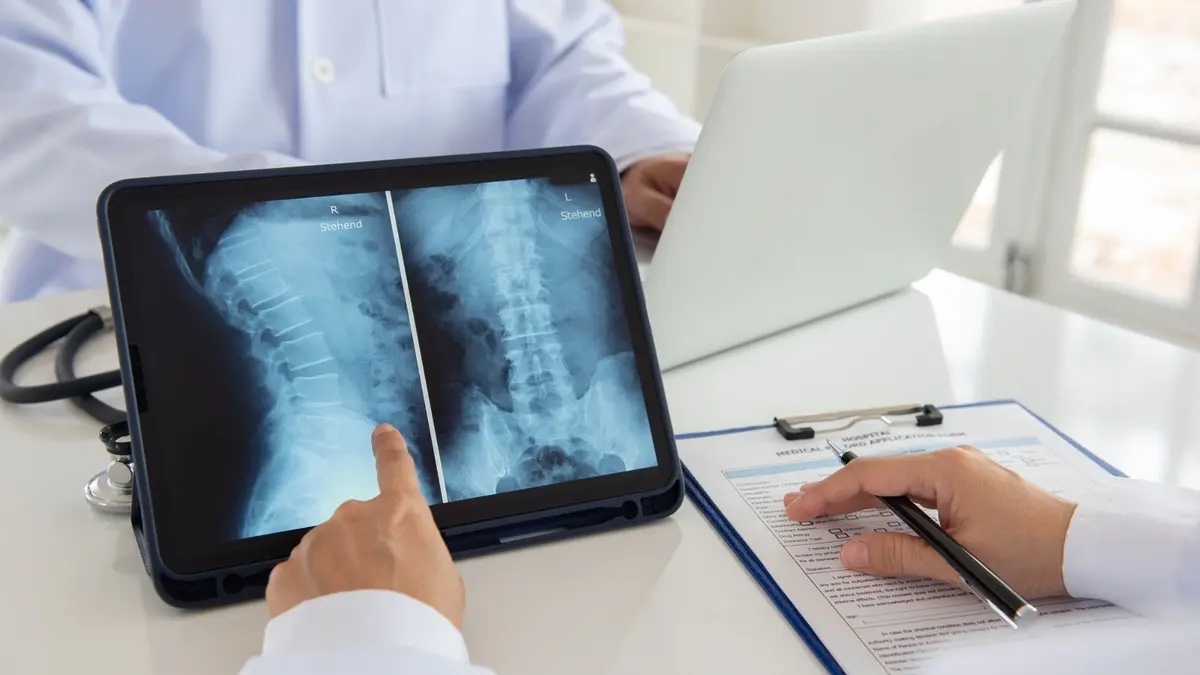Paralysis, a condition that abruptly strips individuals of their mobility and independence, is one of the most devastating medical challenges. Spinal cord injuries, in particular, present significant obstacles as the spinal cord plays a critical role in transmitting signals between the brain and the rest of the body. Unfortunately, once the spinal cord is damaged, it has limited capacity to heal, leaving millions of individuals globally with permanent paralysis. However, a groundbreaking clinical trial in Japan is offering hope, suggesting that stem cell therapy could pave the way for recovery in some spinal cord injury patients.
A research team led by Professor Hideyuki Okano at Keio University has achieved a major breakthrough in the treatment of spinal cord injuries. Their clinical trial, which involved the transplant of neural stem cells derived from induced pluripotent stem (iPS) cells, demonstrated that some patients may regain lost functions, providing new hope for recovery.
The trial involved four adult male patients who had suffered severe spinal cord injuries. Each patient received a transplant of two million neural stem cells at the site of their injury, delivered within 14 to 28 days of the injury, during the subacute phase when nerve regeneration is still possible. The goal was to regenerate lost nerve connections and restore some level of motor function.
The results of the trial, which began in December 2021 and involved extensive follow-ups over the course of a year, were mixed. Notably, one patient—who had previously been classified as completely paralyzed—has now regained the ability to stand unaided and has started walking exercises. Another patient regained movement in both his arms and legs, demonstrating the potential of stem cell therapy to restore significant motor function.
However, two other patients showed no substantial improvement, highlighting the challenges of spinal cord injury recovery and the variability of responses to the treatment. Despite these mixed results, the trial marked an important milestone in the search for effective spinal cord injury therapies. Importantly, no serious side effects were observed, providing reassuring evidence regarding the safety of this treatment.
One of the most notable improvements came from a patient who moved from an ‘A’ rating on the spinal cord injury scale—indicating complete paralysis—to a ‘D’ rating, which allowed him to walk with or without assistance. Another patient improved from an ‘A’ to a ‘C’, meaning he could not stand independently but had regained enough control to eat on his own and use a wheelchair.
While the results are promising, James St John, a neuroscientist at Griffith University in Australia, cautioned that additional research is necessary to determine whether these improvements were the result of the stem cell treatment or due to natural recovery. Nonetheless, he acknowledged the significance of the findings, calling them “a great positive outcome” and “exciting for the field.”
Building on these encouraging results, the Keio University team plans to expand their research. The next phase will involve increasing the number of neural stem cells transplanted into patients and testing the treatment in the chronic phase of spinal cord injury. The chronic phase, which occurs months or even years after the initial injury, presents even greater challenges for nerve regeneration, making this an important area of investigation.
“We were able to achieve results in the world’s first spinal cord injury treatment using iPS cells,” said Professor Okano. “There were difficult days when research using iPS cells did not produce results, but this research has produced results worthy of confirming safety and estimating efficacy.”
While the current study is a crucial step forward, more extensive clinical trials are needed to fully understand the potential of stem cell therapy for treating spinal cord injuries. The ultimate goal is to find a viable and effective treatment for the millions of people worldwide living with paralysis.
With over 15 million people living with spinal cord injuries globally, the possibility of recovering lost motor functions through stem cell therapy offers newfound hope. This breakthrough opens up a new avenue for spinal cord injury treatments, potentially transforming the lives of those who once thought recovery was impossible. While the road ahead is still long and further research is required, the successful results from this clinical trial have ignited optimism for the future of spinal cord injury recovery.
The potential to regain movement and independence through stem cell therapy marks a significant step in medical science, offering paralyzed individuals the hope of a future with improved quality of life and perhaps even a return to mobility.
By Impact Lab


